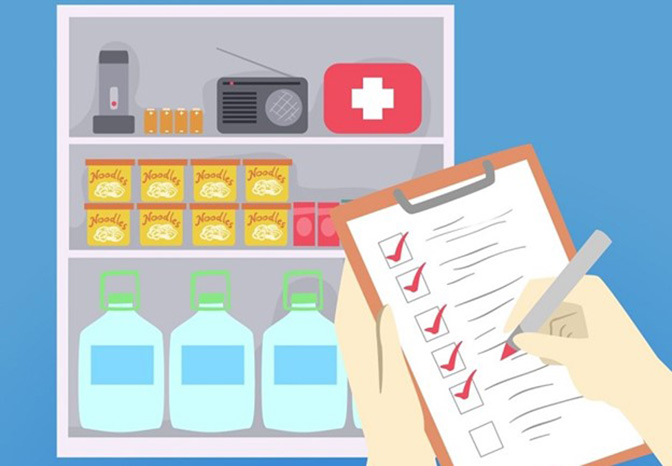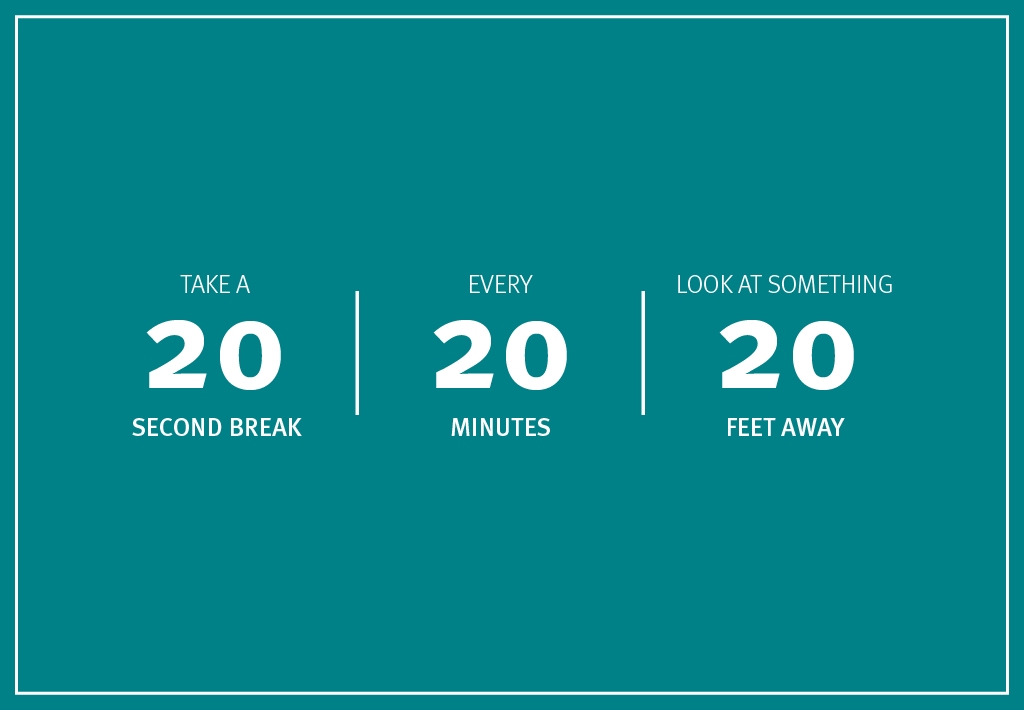
Health Insurance Terminology
Navigating health insurance terminology can often seem daunting, but understanding key concepts is crucial to making informed decisions about your healthcare.
Qualifying Life Events
A qualifying life event is a major change in your life that makes you eligible to enroll in or make changes to your health insurance plan outside of the annual open enrollment period. When one of these events occurs, it generally triggers a special enrollment period, giving you 31 days to update your coverage. Missing this window may delay your access to benefits.
Enrollment Events for Employees:
- Annual open enrollment
- New hire (within 31 days of hire)
- Change from part-time to full-time (within 31 days of change)
- Loss of other medical coverage (within 31 days of coverage ending)
Enrollment Events for Dependents or Changes in Coverage:
- Annual open enrollment
- Marriage or civil union (within 31 days)
- Birth or adoption of a child (within 31 days)
- Adding a stepchild (within 31 days of marriage)
- Court-appointed guardianship (within 31 days of appointment)
- Loss of other medical coverage (within 31 days)
Enrollment changes cannot be processed retroactively. Make sure to submit any required documents such as a birth certificate, marriage license, or termination of coverage letter within the allowed window.
When Your Family Is on the Move
If your child is under 26 and studying on the mainland, UHA provides coverage for emergency care, urgent care, and preventive visits through the UnitedHealthcare Options PPO Network. A quick call to UHA Customer Services before their move can help you understand exactly what’s covered and avoid confusion down the line.
If You’re Traveling or Working Away From Hawai‘i
Coverage extends beyond the islands for emergency and urgent care needs. You can also access UHA’s Global Emergency Assistance Service through Assist America when you are 100 miles or more from home. Assist America is not medical insurance, and it’s not medical care – they manage your emergency and connect you with services wherever you are. Call:
- 1-800-872-1414 (mainland)
- 1-609-986-1234 (international)
Always review your coverage before boarding the plane. Knowing when to go to urgent care versus an emergency room can help save time and money. If in doubt, UHA Customer Services is available to walk you through your options.
Expecting a New Addition?
UHA provides a full range of maternity and newborn care. Once your baby arrives, don’t forget to enroll them in your plan within 31 days of birth to avoid coverage issues. Services covered include prenatal and postnatal visits, delivery, newborn exams, and well-child visits.
Stay Ahead of Life’s Changes
Whether you’re starting a new job, growing your family, or helping a loved one through medical recovery, UHA is ready to help you navigate what’s next. Don’t wait to ask questions. If you experience a qualifying life event or are unsure about your coverage, call UHA Customer Services at 808-532-4000 or toll-free at 1-800-458-4600.
Knowing your benefits before life changes happen ensures you and your family are always covered and cared for.
Dual Coverage
Navigating health insurance can sometimes feel overwhelming, especially when it comes to understanding terms like “dual coverage.” Dual coverage means having health insurance from more than one policy, such as being covered by both your own employer’s plan and your spouse’s plan. This can offer significant benefits, such as reducing your out-of-pocket expenses and providing more options for healthcare services.
You might consider dual coverage during major life events, such as getting married, starting a new job, or having children. These moments often bring changes in your health insurance needs, making it important to explore all available options. For example, if both you and your spouse have health insurance through your respective employers, enrolling in both plans could offer enhanced coverage. This means that when you incur medical expenses, your primary insurance plan will pay first, covering the majority of the costs. Then, the secondary plan may cover some or all the remaining expenses, significantly reducing your out-of-pocket costs. This can be especially beneficial for families with frequent medical visits. Dual coverage can also provide peace of mind, knowing that you have an extra layer of financial protection for unexpected medical expenses.
However, it’s important to understand how the coordination of benefits works to maximize the advantages of dual coverage. Coordination of benefits is the process where each of your health insurance plans determines what share of the cost they will cover. Typically, one plan is designated as the “primary” plan, which pays first, and the “secondary” plan covers some or all of the remaining costs. Understanding which plan is primary and how much the secondary plan will contribute is key to minimizing your out-of-pocket expenses. Misunderstanding these roles can lead to unexpected costs, so it’s essential to review both policies carefully.
If you’re considering dual coverage, be sure to consult with your HR department or benefits administrator first, and then reach out to UHA Customer Services for further assistance. It’s also crucial for members to understand it is your responsibility to notify your employer and UHA whenever other coverage exists or terminates. This helps prevent delays in claims processing and ensures that your benefits are coordinated accurately. Remember, keeping your information up to date is key to maximizing your coverage.
For more details, refer to your Member Benefits Guide and learn about qualifying events here.
Understanding Co-payment vs. Co-insurance
Two terms that frequently cause confusion are co-payment and co-insurance, both of which relate to your share of health care costs but function differently.
A co-payment is a fixed amount you pay for a specific health care service or medication. For example, you might have a $12 co-payment for a doctor’s visit or a $10 co-payment for a prescription. Co-payments are predetermined, allowing you to know exactly how much you’ll owe each time you receive care.
Co-insurance, on the other hand, is a percentage of the cost of a healthcare service that you’re responsible for paying. If your health plan has a 20% co-insurance rate, and the cost of a service is $100, you would pay $20, while your insurance covers the remaining $80.
By understanding the difference between co-payment and co-insurance, you can better manage your health care expenses and choose services that align with your financial and health needs.



